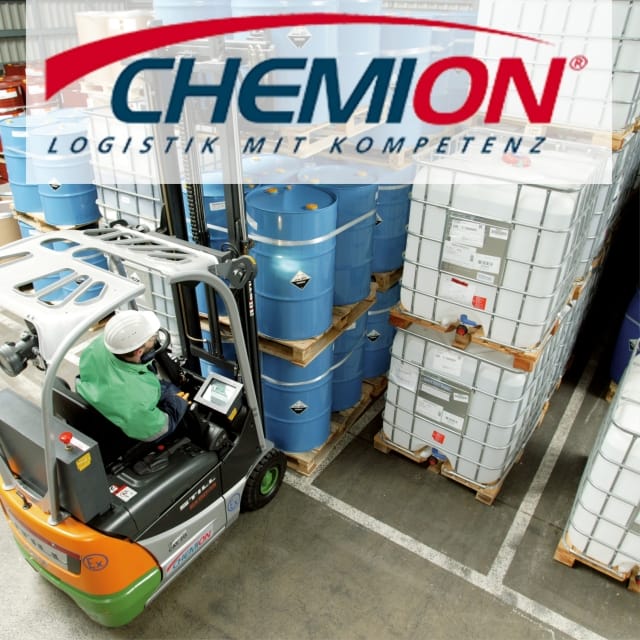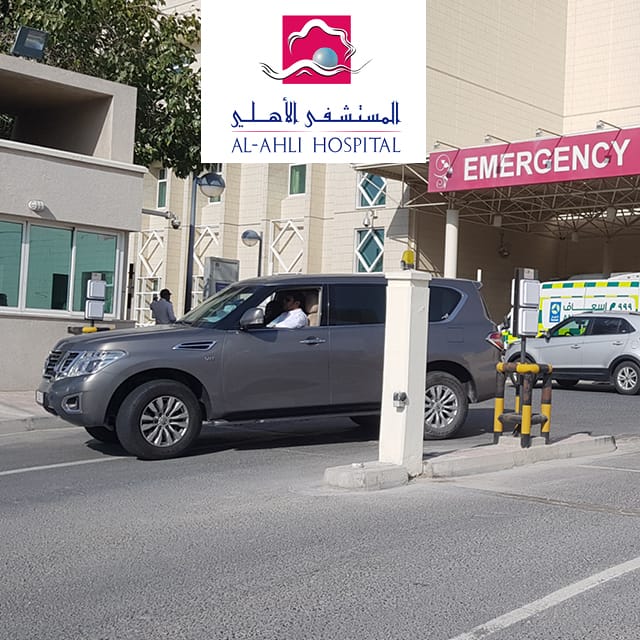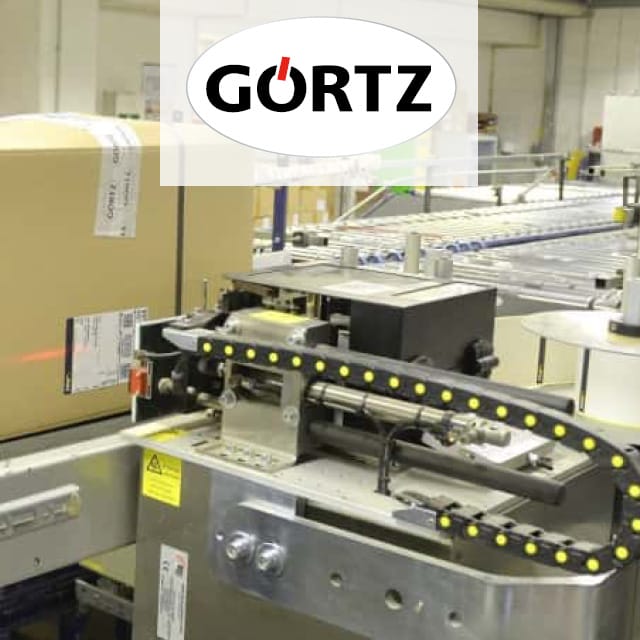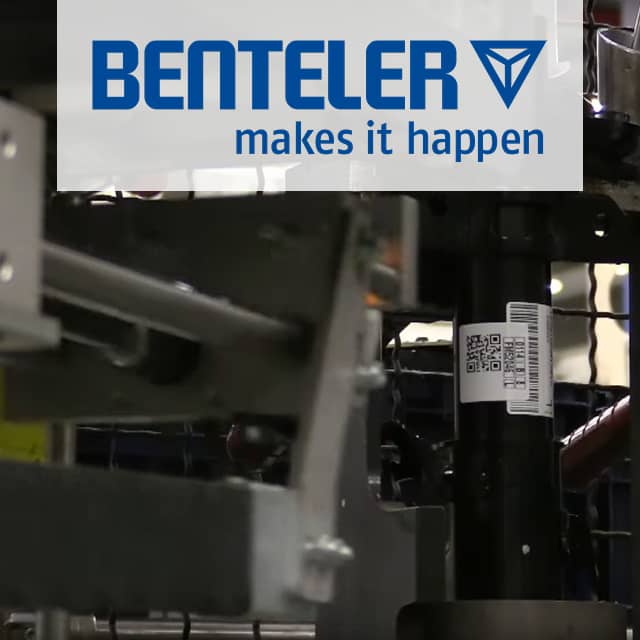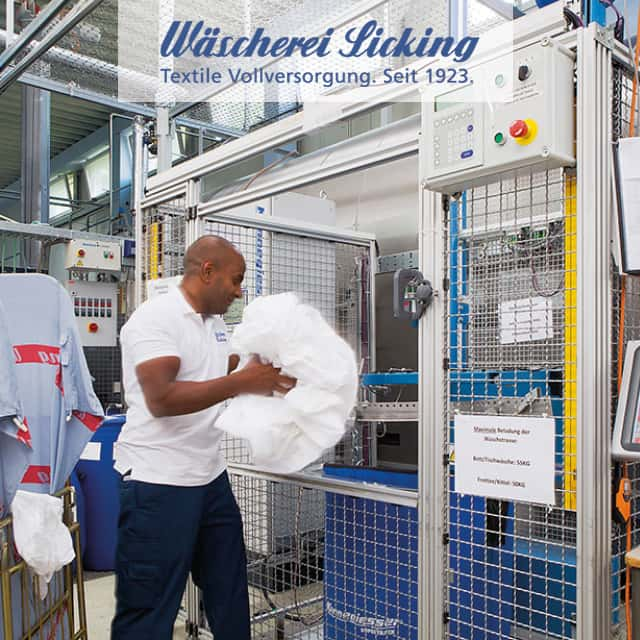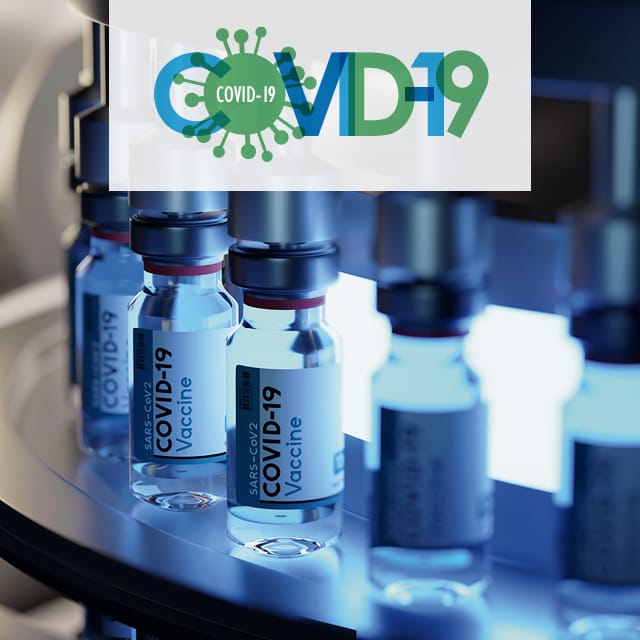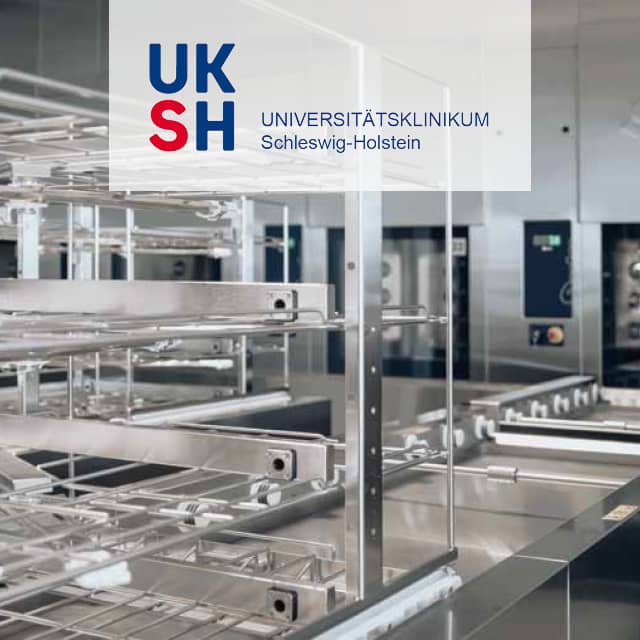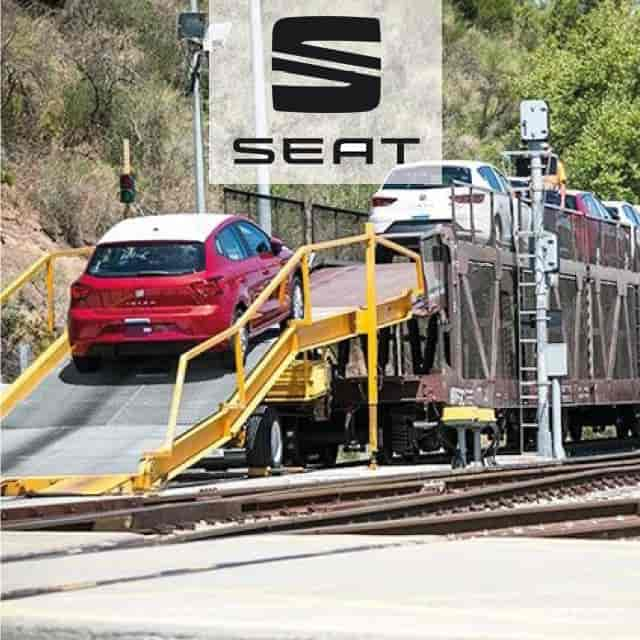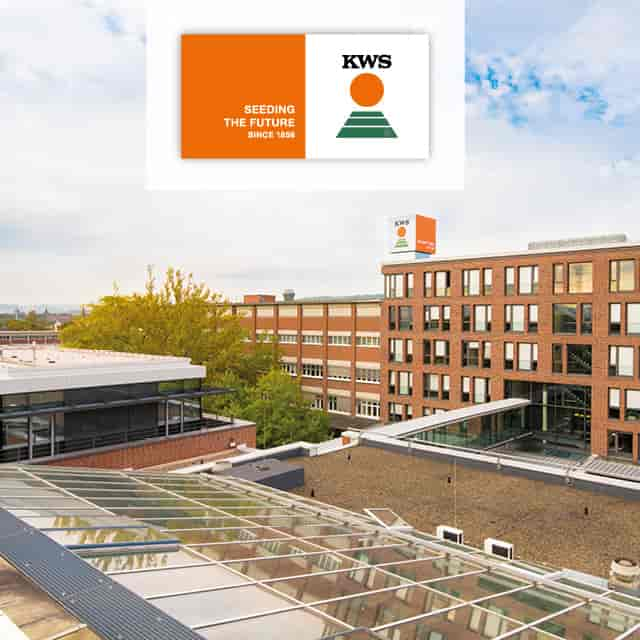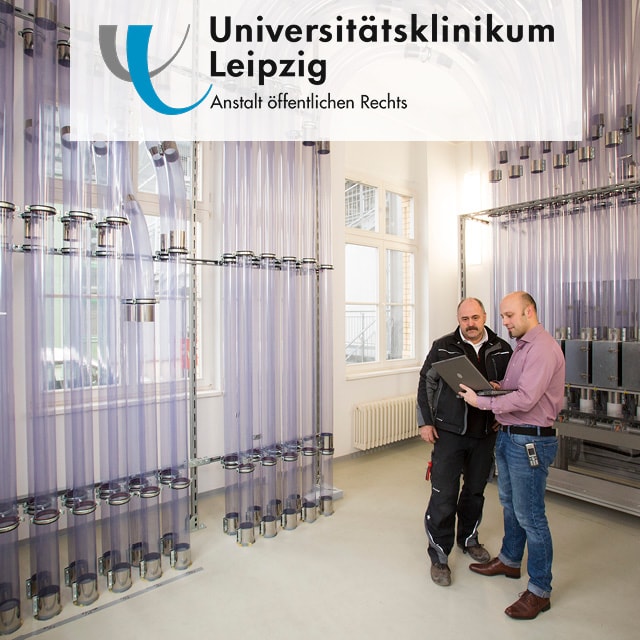
4,500 shipments daily via 25 km of pneumatic post with RFID
The University Hospital Leipzig uses a pneumatic tube system connecting 120 stations to transport documents, medication, laboratory samples or sterile goods.
Objectives of the pneumatic tube system solution in combination with RFID-based tracking of transport containers: doubling of the transfer performance, time savings in shipping, automatic documentation of the delivery, and increase of the system availability.
With 1,600 hospital beds and more than 6,000 employees in 26 clinics, polyclinics, and research facilities (7 institutes and 11 departments), the hospital is one of the largest research facilities in Saxony and the second oldest university medical center in Germany.
Process Requirements
Before the modernization of the pneumatic tube system in 2018, 150 dispatches per hour could be handled via the tubes. This transfer capacity was insufficient for the increasing volume of time-critical goods to be transported, such as tissue samples, medication, blood preserves or cytostatics. There was no transport connection via pneumatic tube between the operating room and the central laboratory.
Solution
With the expansion of the existing pneumatic tube system, 120 wards on the hospital campus are now connected to each other via a 25 kilometer pneumatic tube network. The system comprises 7 central transfer units and 800 pneumatic post boxes.
Via the 7 central converters, 4,500 shipments are brought to their destinations every day, 3,800 of which are delivered between 07.00 and 18.00 during peak hours. The shipments reach their destination within a maximum of 10 minutes.
Each pneumatic post box is tagged with an RFID transponder. The registration via RFID allows a continuous tracking of the cans to achieve the following goals:
- Reaching the destination within a maximum of 10 minutes
- Automatically triggered return transport to the place of origin
- Traceability of transport processes and information about faulty delivery
- Linking the container with additional information such as temperature or centrifugal forces during transport, which have an effect on the transported goods
Advantages
- More efficient personnel deployment in logistics: reduction from 150 to 15 employees
- The transfer capacity was increased from 150 to 300 shipments per hour
- The availability of the system was increased to more than 99.5 %
- Minimization of incorrect deliveries even at peak times
Learn More
Questions? Get in contact with the editorial team!
Technologies
Application Fields




